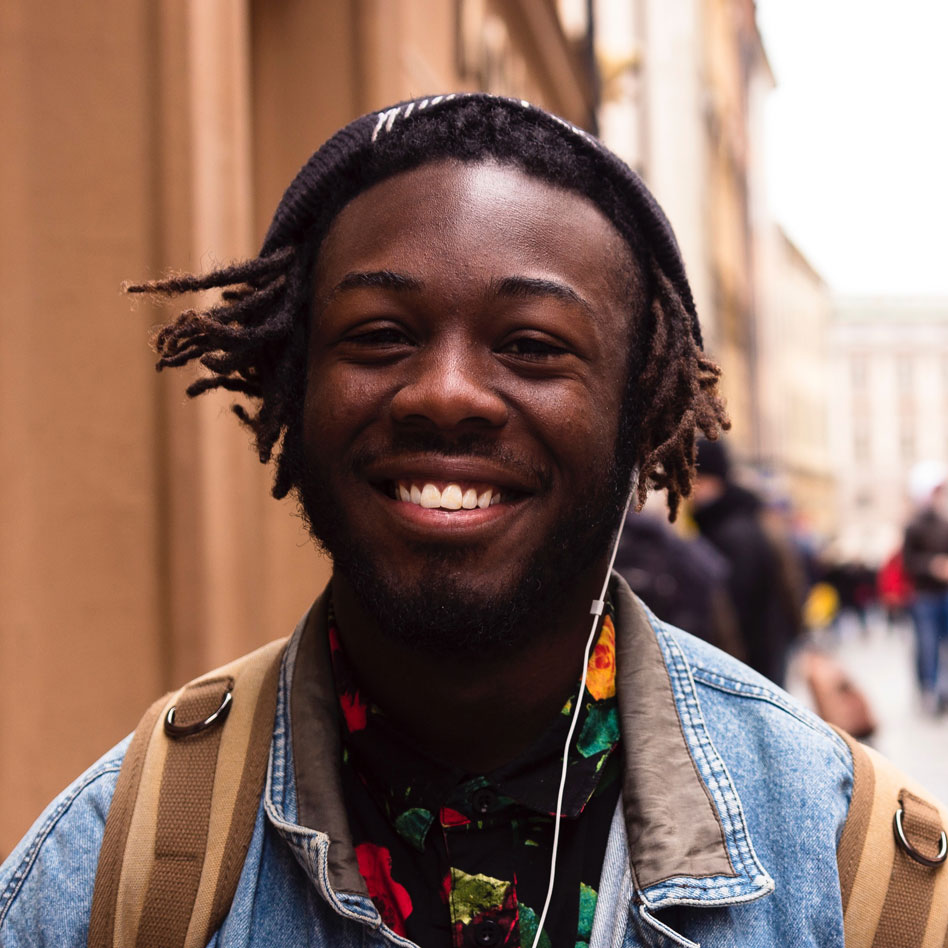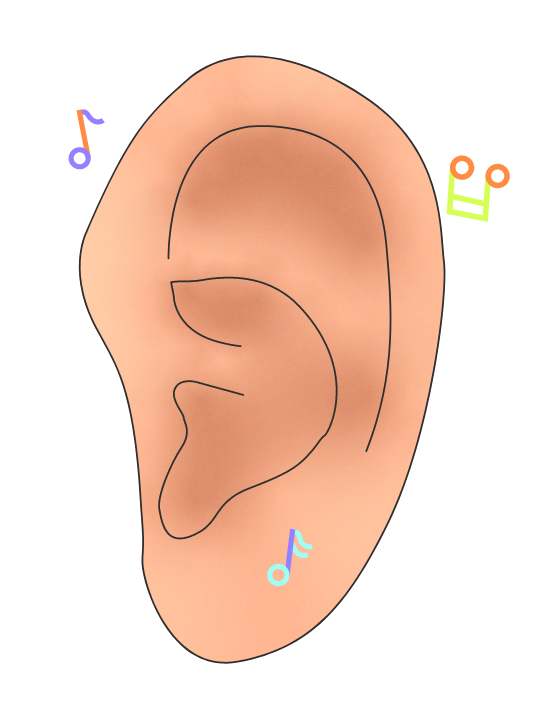


Getting Started in Music
Human beings are a “musical species,” said neuroscientist Oliver Sacks. You probably already know that music can affect your thinking and behaviour, your very idea of “self.”
Here’s how to get started listening to, learning, and performing music.







